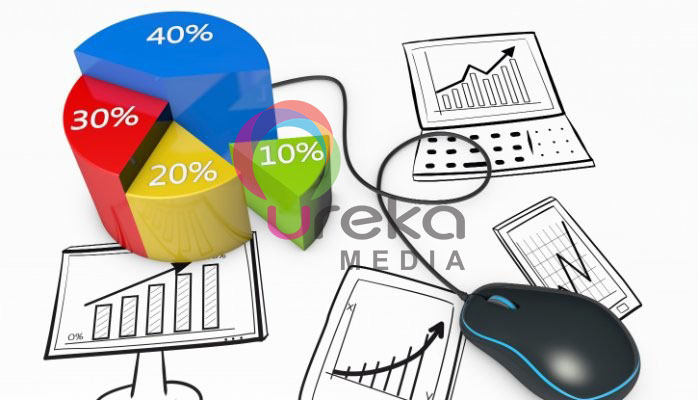


Make people SEE and REMEMBER the brand



Get people to UNDERSTAND and
WANT the brand



Change people's BEHAVIOR and
get them to CONVERT



Take care of people to CONVERT OFTEN and
ADVOCATE the brand
U News
[Performance Based Ads] Use these 10 Metrics to Measure the Effectiveness of Your Digital Marketing Campaign

A home pastry chef worth his or her salt knows that precise measurement is the most important part of the baking process. If you don't follow the recipe exactly as written, you're liable to end up with an undesirable and not very tasty result. Online marketing analysis is sort of the same way.
These 10 online marketing metrics, also known as key performance indicators, can help you determine what's working with your marketing campaign and what might need to be fixed.
1. Total Return on Investment
Total ROI is measured by dividing your total revenue by your total marketing investment. In other words, how much did you have to spend to earn what you earned?
2. Average Customer Value
This is a measure of your total revenue divided by your total number of customers. It calculates how much you can expect the average customer to spend within a given revenue period or over the total lifespan of the relationship. Average customer value is useful when making marketing projections. For instance, it helps answer the question, "If our marketing efforts result in X new customers, how much should we expect our revenue to rise?"
3. Cost Per Sale
Your cost per sale measures the total amount of marketing "spending" necessary to close one sale. It's a great measure of the overall effectiveness of your lead-nurturing pipeline and customer relationship management efforts. Since it doesn't measure total revenue per customer, however, cost per sale doesn't provide accurate insights into your total ROI.
4. Cost Per Lead
Cost per lead measures the average amount you need to spend to produce one lead. Basically, it answers the question: "How effective are we at generating leads?"
5. Repeat Sales Ratio
Since repeat sales are a critical revenue driver for many companies, it's important to nurture converted customers and keep them interested in and aware of your products and services.
6. Traffic Sources and Volumes
Traffic sources typically take four distinct forms:
Direct traffic: Users who type your main URL directly into their browser and go directly to your website
Referral traffic: Users who click external links on third-party websites
Search traffic: Users who conduct keyword searches and click on paid and organic search engine results
Social traffic: Users who arrive by clicking links in your social media feeds
7. Bounce Rate
Your website's bounce rate measures the ratio of visitors who stay on your site and explore around to the total number of visitors. If a visitor hits the back button on a page in a short period of time, they have “bounced” from the page. Lower bounce rates generally indicate higher levels of interest in your website's messaging and content. So in the case of bounce rates, lower is better.
8. Time on Site
Time on site is another proxy for user engagement and interest. The longer users spend on your website, the more likely it is that they like what they find. Moreover, users who linger on your site are more likely to take meaningful action and move past the mouth of your sales funnel.
9. Conversion Rate
Once you define what it means to convert, you can measure your rate with Google Analytics or a marketing automation platform like HubSpot. As you make tweaks to your marketing campaign, watch for conversion rate changes that could indicate what's working and what's not.
10. Lead to Close Ratio
Your website's lead to close ratio measures the number of total leads generated against the number of sales closed. Basically, it's a measure of how likely a given lead is to become a paying customer. It's a great way to determine whether your lead nurturing apparatus is effective.
Learn How to Measure Online Marketing Performance from the Pros
On the other hand, every marketing campaign is different. What's more, plenty of "advanced" metrics and cutting-edge techniques haven't been explored here.
Source: Scott Lambert
Recent Post
![[PERFORMANCE BASED ADS] NHỮNG CÁCH ĐƠN GIẢN ÁP DỤNG TÂM LÝ HỌC VÀO TRUYỀN THÔNG TIẾP THỊ MẠNG XÃ HỘI (SOCIAL MARKETING)](https://urekamedia.com/uploads/uploads_image/20180327/20180327110011_48608.png)
![[PERFORMANCE BASED ADS] APPLICATIONS OF ARTIFICIAL INTELLIGENCE IN MARKETING: CONSUMER INSIGHTS](https://urekamedia.com/uploads/uploads_image/20180416/20180416122722_69450.png)
![[Content Marketing] The 6 STEPPS To Viral Content](https://urekamedia.com/uploads/uploads_image/20180404/20180404125648_14065.png)








